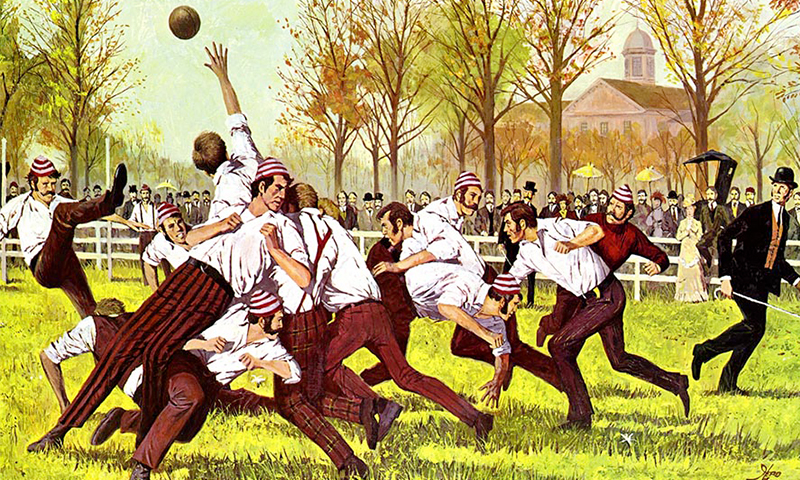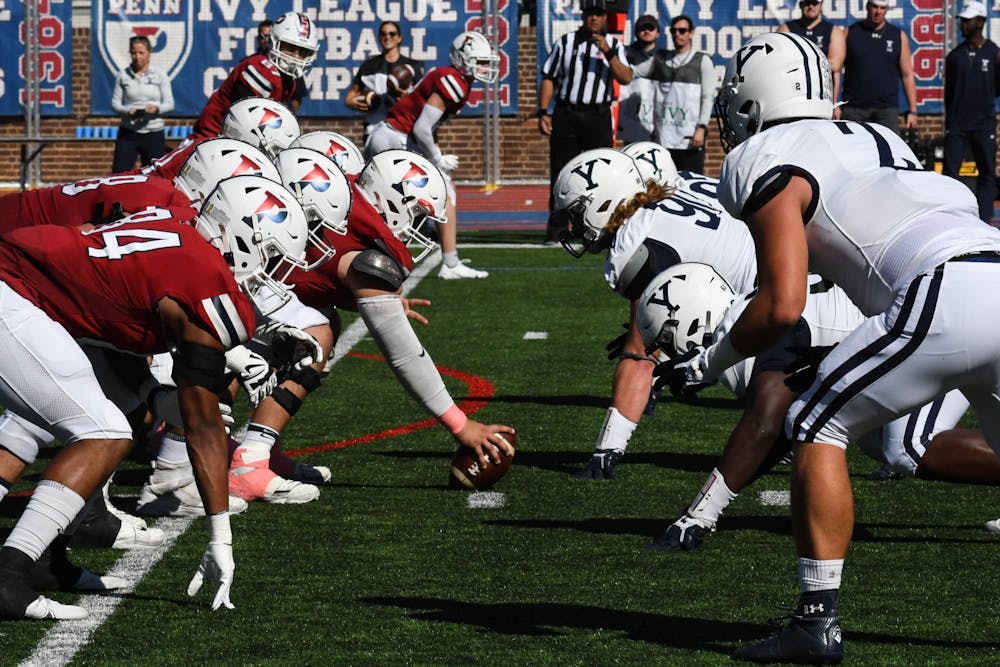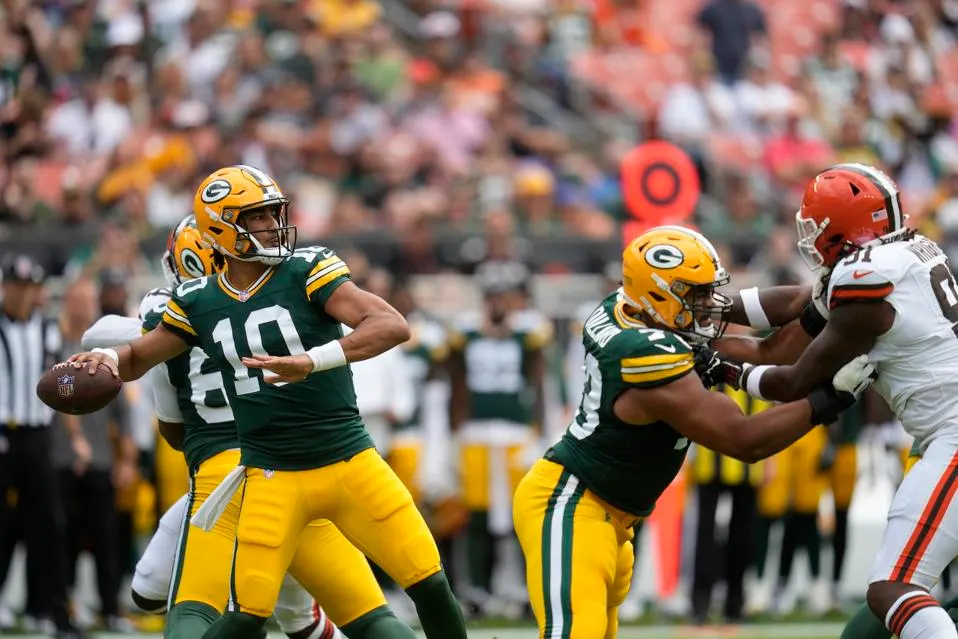American football is now a multi-billion-dollar industry with professional leagues, college rivalries, and fanfare that rivals any sport in the world. But long before the Super Bowl and massive stadiums, football in the United States began with a modest and historic game between two colleges. The first football game in America, played in 1869, marked the beginning of what would become the country’s most beloved sport.
Let’s travel back in time to understand the story behind that first game, how it was played, and how it gave birth to the game we now call American football.
A Nation in Transition: The Setting of 1869
In 1869, the United States was still healing from the Civil War. Colleges and universities were beginning to thrive again, and with them came a renewed interest in physical education and sports. However, football as we know it did not exist yet. Instead, various institutions played different versions of what was loosely called “football” — often an informal mix of soccer, rugby, and folk games.
There was no national association, no clear rules, and no consensus on how the game should be played. This chaotic sporting scene set the stage for what would become a major turning point in American athletic history.
November 6, 1869: The First Intercollegiate Football Game
📍 Location: College Field, New Brunswick, New Jersey

🏫 Teams: Rutgers University vs. College of New Jersey (now Princeton University)
This landmark game between Rutgers and Princeton is officially recognized as the first intercollegiate football game in the United States.
However, it’s important to note that the game they played resembled soccer more than today’s football. It was played under rules adapted from the London Football Association (modern-day soccer’s earliest governing body). Nevertheless, it set the precedent for organized football competition between colleges.
Game Format and Rules
Here’s how that first match was structured:
- Team Size: 25 players per side
- Ball: A round soccer-style ball
- Objective: Kick the ball through the opponent’s goalposts
- Gameplay: No carrying the ball, tackling, or passing by hand
- Scoring: The team that scored the most goals won
The rules emphasized kicking and strategic footwork, similar to soccer, but with some variations like player formations and goal zones.
Final Score and Outcome
Rutgers won the game 6–4, scoring six goals to Princeton’s four. The match was a spirited and competitive affair. Players wore no uniforms, Helmet, or padding. The game was fast-paced and, despite the lack of formal coaching, surprisingly organized for its time.
A Series Begins: The Second Game
One week later, on November 13, 1869, Princeton hosted Rutgers for a rematch under Princeton’s own house rules, which favored them. Unsurprisingly, Princeton won this game 8–0. This back-and-forth matchup helped spark a deeper rivalry and showed the need for standardized rules in intercollegiate football.
Early Evolution of Football Rules
Over the next few years, colleges began to realize that in order to keep playing each other, they needed to agree on a set of universal rules. This led to the gradual formation of rules that combined elements of rugby and soccer, paving the way for a distinct version of American football.
Key Milestones:
- 1873: Four schools — Yale, Princeton, Rutgers, and Columbia — met in New York to develop a uniform code based on the London Football Association rules.
- 1876: Harvard, influenced by rugby-style play from Canadian schools, pushed for a hybrid set of rules. This meeting established the Intercollegiate Football Association.
- 1880–1882:Walter Camp, often called the “Father of American Football,” introduced:
- The line of scrimmage
- The snap from center
- A limit of 11 players per team
- A down-and-distance system
- The line of scrimmage
Camp’s changes transformed the game from a soccer-rugby hybrid into the uniquely American version we know today.
The Role of Ivy League Schools in Football’s Development

Schools like Yale, Harvard, Princeton, and Rutgers didn’t just play football — they shaped the sport. These institutions formed the first rivalries, wrote the first rulebooks, and hosted the earliest tournaments. Their contributions are essential to understanding why American football took root in college campuses long before professional leagues existed.
Cultural Significance of the First Game
The Rutgers-Princeton game wasn’t just a one-off match — it represented:
- The birth of organized college athletics in America
- The beginning of standardized competition in football
- The first step toward the creation of American football identity
Though the rules were different, the competitive spirit, team pride, and inter-school rivalry that define today’s football were already in full swing.
Comparing the First Game to Modern Football
| Element | 1869 Football Game | Modern American Football |
| Team Size | 25 players | 11 players |
| Ball Type | Round (soccer ball) | Oval (prolate spheroid) |
| Main Objective | Score goals by kicking | Score touchdowns, field goals, safeties |
| Player Contact | Minimal (no tackling) | Full-contact tackling allowed |
| Scoring System | Goals only | Points for various plays |
| Gameplay Duration | Variable | Standardized halves/quarters |
| Protective Gear | None | Helmets, pads, uniforms |
Legacy and Recognition
To this day, both Rutgers and Princeton take pride in their role in football history. Rutgers, in particular, is often referred to as the “Birthplace of College Football.” Monuments and annual commemorations celebrate the 1869 game, and the anniversary is frequently mentioned in sports documentaries and retrospectives.
In 1969, during the sport’s centennial year, Rutgers and Princeton played an honorary game that celebrated 100 years since that first historic matchup.
FAQ’s
1. Who played in the first American football game?
The first official American football game was played between Rutgers University and Princeton University on November 6, 1869, in New Brunswick, New Jersey.
2. What rules were used in the 1869 football game?
The game followed modified London Football Association (soccer-like) rules, with no forward passing, tackling, or ball carrying. The objective was to kick the ball into the opponent’s goal.
3. How many players were on each team in the first football game?
Each team fielded 25 players, far more than today’s standard 11, as the game emphasized a combination of kicking, teamwork, and positioning.
4. Why is the 1869 Rutgers vs. Princeton game considered historic?
It marked the first intercollegiate football match in the United States, setting the stage for the development of college football and, eventually, modern American football.
5. How did American football evolve from the first game?
After 1869, colleges began refining the rules by blending soccer and rugby elements, eventually leading to the American version we know today — thanks in part to innovators like Walter Camp.
Final Thoughts: Why the First Football Game Still Matters
The first football game in America wasn’t just a college match — it was a defining moment in sports history. It represents the start of a uniquely American tradition, the origin of organized collegiate athletics, and the spark that ignited a sporting revolution. Today, millions of fans tune in every weekend to watch football games across the nation — from Pop Warner youth leagues to the NFL. But it all began on a fall afternoon in 1869, when two groups of students at Rutgers and Princeton laid the foundation for a game that would come to define a nation.



